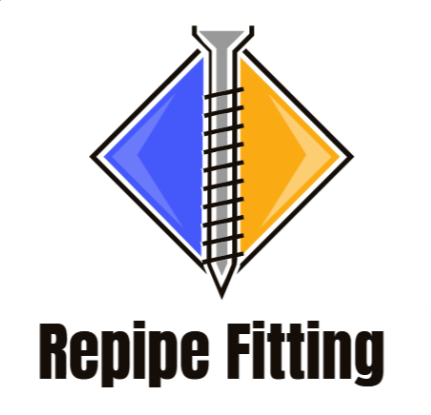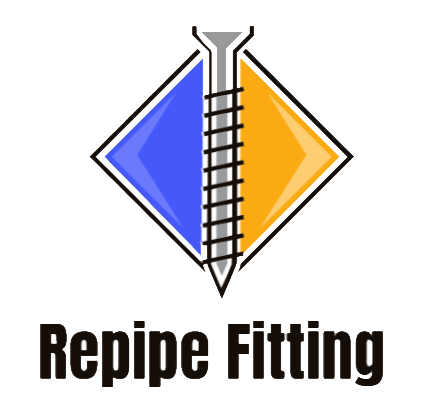Introduction:

Hello there! If you’re dealing with low hot water pressure in your home, you’re not alone. It’s a common issue that many households face, but worry not, I’m here to help you through it. In this guide, I’ll walk you through 7 proven solutions to boost your low hot water pressure, ensuring you can enjoy your showers and wash your dishes with ease. So, let’s dive in!
Brief Overview of Low Hot Water Pressure:
Low hot water pressure can be a real pain, making simple tasks like showering or washing dishes frustratingly slow. It occurs when the flow of hot water from your faucets or showerheads is less than ideal. This issue can arise due to various reasons such as clogged pipes, faulty plumbing, or sediment build-up in water heaters.
How Common is This Issue in Households?
Low hot water pressure is a prevalent issue, affecting numerous households. Whether it’s due to a lack of maintenance, aging plumbing systems, or water supply issues, many homeowners find themselves grappling with this problem at some point.
Importance of Addressing This Issue Promptly:
Addressing low hot water pressure promptly is crucial. Neglecting it can lead to further plumbing problems, increased water consumption, and, subsequently, higher water bills. Moreover, resolving water pressure issues can improve your home’s water quality and overall plumbing condition.
7 Proven Solutions to Boost Your Low Hot Water Pressure:
1. Regular Plumbing Maintenance and Cleaning:

Regular maintenance and cleaning of your plumbing system are essential to prevent clogs and blockages that can reduce water pressure. Ensure that the aerator and cartridge of your faucets are clean and free of mineral deposits and debris. A simple DIY method like a vinegar soak can effectively remove build-ups, enhancing water flow.
2. Check and Repair Any Leaks:
Water leaks in your plumbing system can significantly reduce your hot water pressure. Regularly inspect your water lines, faucets, and plumbing fixtures for any signs of leaks. If you find any, it’s best to repair them immediately or seek professional plumbing service to avoid water damage and conserve water.
3. Inspect and Adjust the Pressure-Reducing Valve:
The pressure-reducing valve controls the water pressure in your home. If it’s set too low, it can cause low hot water pressure. Locate the valve, usually found near the water main, and adjust it using channel lock pliers to increase the water pressure. However, ensure to follow safety protocols while doing so.
4. Install a Water Booster Pump:
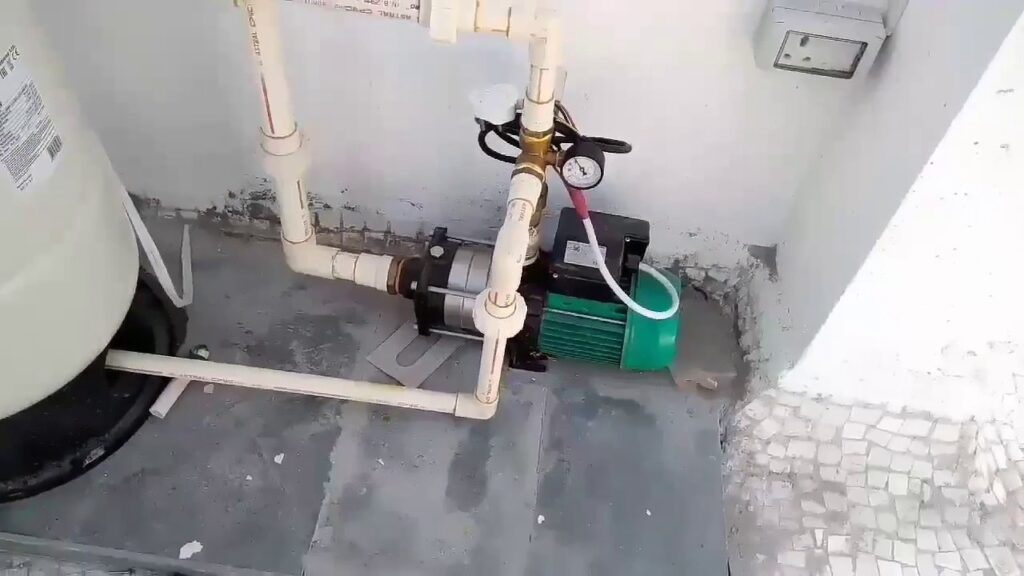
A water booster pump can be a viable solution to enhance your home’s water pressure. It works by increasing the flow of water through your pipes, ensuring a steady and strong water supply. However, installing a booster pump should be done by a professional plumber to ensure proper installation and adherence to water safety protocols.
5. Clear Blockages in Pipes and Faucets:
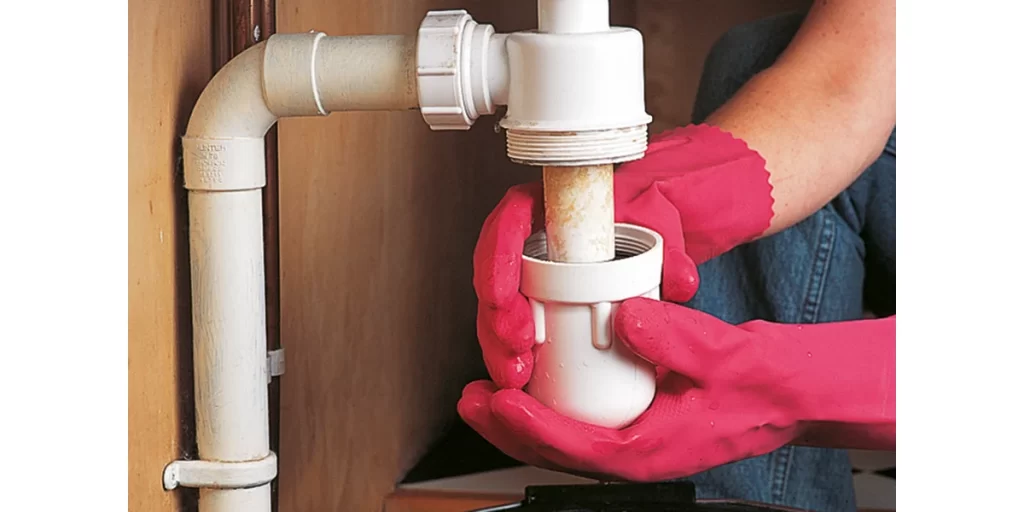
Blockages in pipes and faucets due to rust, mineral build-up, or debris can lead to reduced water pressure. Regular diagnostic testing and pipe flushing can help identify and clear any blockages, restoring optimal water flow. If the blockage is severe, it’s advisable to seek professional plumbing repair services.
6. Optimize Water Heater Performance:
Sediment build-up in water heaters can impede hot water flow, leading to low pressure. Regularly inspect your water heater and remove any sediment or mineral deposits to ensure it functions efficiently. Additionally, adjusting the water tank height and ensuring the appropriate pipe diameter can also optimize water pressure.
7. Upgrade Plumbing Fixtures and Systems:
Old and worn-out plumbing fixtures and systems can contribute to low hot water pressure. Consider upgrading to modern plumbing installations and replacing outdated components like showerheads, faucets, and water supply lines. This not only improves water pressure but also enhances water conservation and quality.
I. Understanding Low Hot Water Pressure:
Hello, friend! If you’re struggling with low water pressure in your home, you’re probably wondering why this is happening and how you can fix it. In this guide, I’ll help you understand what low hot water pressure means, its common causes, and symptoms. So, let’s get started!
Definition and Symptoms:
What Does Low Hot Water Pressure Mean?
Low hot water pressure means that the flow of hot water through your plumbing system, faucets, and showerheads is weaker than it should be, making everyday tasks like showering or washing dishes frustratingly slow.
Common Symptoms and Problems:
The common symptoms of low hot water pressure include a weak water stream from faucets and showerheads, and it may take longer to fill up tubs and sinks. This issue can lead to high water bills and water wastage, impacting your daily life and water consumption significantly.
Common Causes:
Debris & Sediment Buildup:
Debris and sediment buildup in your water heater or pipes can obstruct the flow of water, leading to low pressure. Regular cleaning and maintenance can help prevent this issue and ensure a steady water supply.
Malfunctioning or Partially Closed Valves:
A malfunctioning or partially closed valve can restrict water flow, reducing water pressure. It’s essential to ensure that all valves, especially the pressure-reducing valve, are functioning correctly and are fully open to maintain optimal water pressure.
Corroded Pipes and Components:
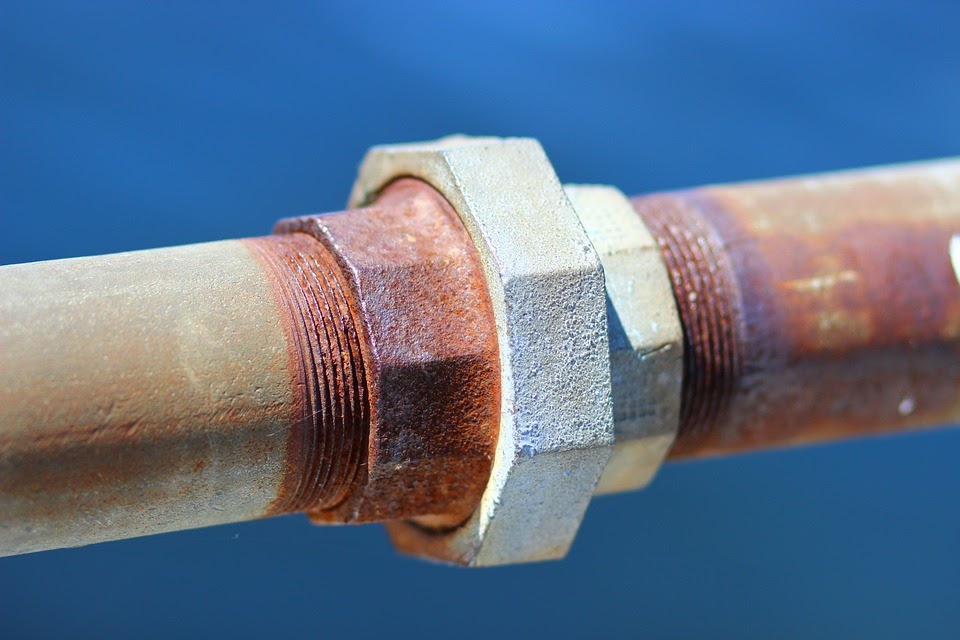
Corroded pipes and components can narrow the passageway for water, causing reduced water pressure. Regular plumbing inspections can help identify and address corrosion in your plumbing system, maintaining water flow and preventing water damage.
Blockages in Pipes and Filters:
Blockages due to mineral build-up, rust, or debris in pipes and filters can significantly reduce water pressure. Diagnostic testing and blockage removal are crucial to restore water pressure and prevent plumbing problems.
Faulty Installation and Deteriorated Hot Water Systems:
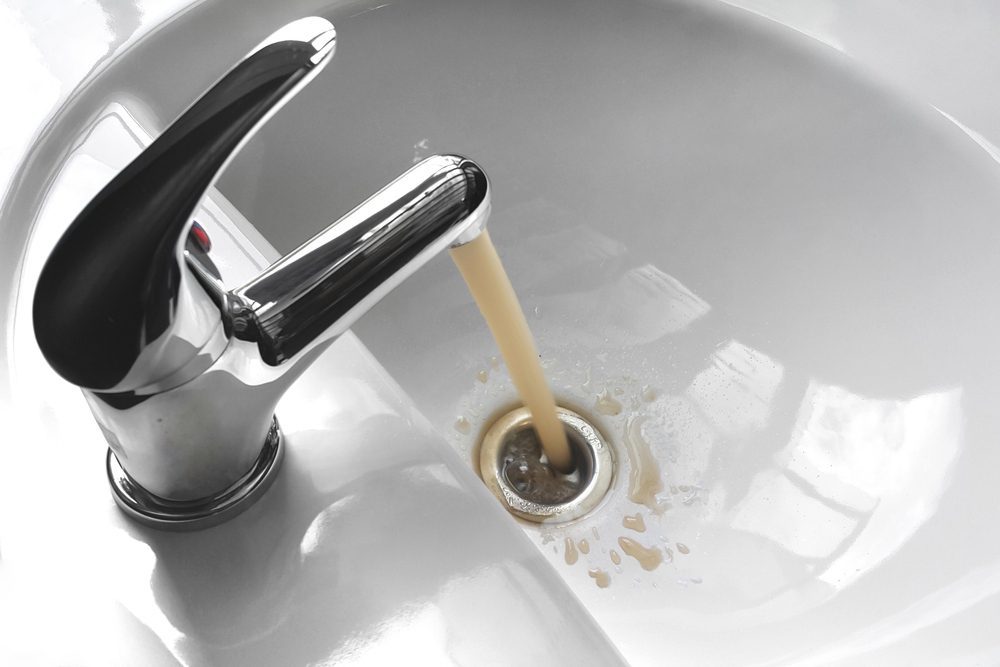
Faulty installation and deteriorated hot water systems can also lead to low water pressure. It’s crucial to have your plumbing installations done by a professional plumber and to replace deteriorated systems to ensure water quality and pressure.
Solutions and Recommendations:
To address low hot water pressure, consider regular plumbing maintenance, cleaning of aerators and cartridges, and ensuring that there are no leaks or blockages in your plumbing system. If you suspect a Clogged Aerator is causing low water pressure in your kitchen sink, addressing it promptly can prevent further water pressure problems and potential water damage.
II. Diagnosing the Issue:
Hey there! If you’ve been following along, you’re now familiar with what low hot water pressure is and its common causes. Now, let’s move on to diagnosing the issue. Proper diagnosis is crucial as it helps in identifying the exact problem and applying the right solution. So, let’s roll up our sleeves and get to it!
Comparison with Cold Water Pressure:
Why Compare Hot Water Pressure with Cold Water Pressure?
Comparing hot water pressure with cold water pressure is a crucial step in diagnosing low water pressure issues. It helps in determining whether the problem is with the hot water supply or the entire water system. If the cold water pressure is fine, the issue likely lies within the hot water system, such as the water heater or hot water supply line.
Isolation of Problem Area:
Finding the Source of the Problem:
Isolating the problem area is essential in identifying whether the low water pressure is affecting the entire house or is isolated to one room, tap, or showerhead. By turning on different faucets and observing the water flow, you can pinpoint where the issue is most severe and address it more effectively.
Leak Detection:
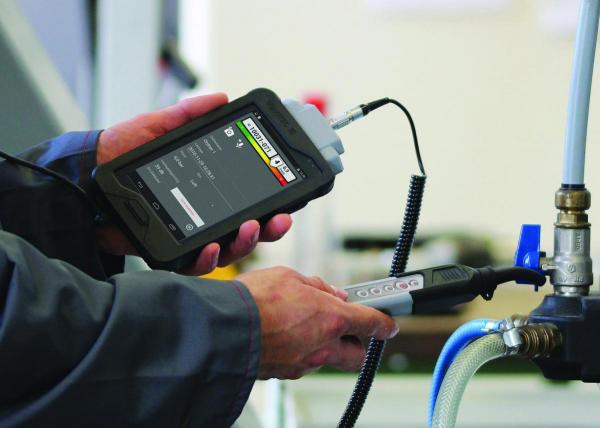
Importance of Identifying and Repairing Leaks:
Detecting leaks in your plumbing system is vital. Leaks can lead to water wastage, high water bills, and water damage to your property. Immediate repair is crucial to prevent further damage and restore water pressure. Regular plumbing inspections can help in early leak detection and maintenance of water quality and plumbing conditions.
Recommendations and Solutions:
Once you’ve diagnosed the issue, it’s time to apply the right solutions. Whether it’s cleaning a Clogged Aerator or adjusting the pressure-reducing valve, addressing the specific problem can help in restoring optimal water pressure. Regular maintenance, professional plumbing services, and addressing issues like blockages, leaks, and faulty installations are crucial in maintaining a steady water supply and preventing plumbing problems.
VII. Preventive Measures and Best Practices:
Alright, we’ve delved deep into understanding, diagnosing, and fixing low hot water pressure. Now, let’s focus on some preventive measures and best practices to avoid running into these issues in the first place. Prevention is always better than cure, especially when it comes to plumbing!
Regular Maintenance Schedule:
Stick to the Schedule:
Adhering to a regular maintenance schedule for the hot water system is paramount. Regular checkups and timely repairs can help in identifying potential issues before they escalate, ensuring the longevity and efficiency of your hot water system. It helps in maintaining optimal water pressure, preventing leaks, and avoiding unexpected breakdowns, thus ensuring a steady and reliable water supply.
Quality Components:
Invest in the Best:
Using quality components, pipes, and valves is crucial in preventing frequent issues with your plumbing system. Quality plumbing fixtures and components reduce the risk of leaks, blockages, and other common plumbing problems. They ensure the smooth operation of the water supply and contribute to the overall longevity and reliability of the plumbing system. So, invest in quality to enjoy peace of mind and avoid frequent plumbing repairs.
Water Softening:
Combat Mineral Buildup:
In areas with hard water, installing water softening systems can be a game-changer. Hard water contains high levels of minerals like calcium and magnesium, which can lead to mineral buildup in your pipes, faucets, and appliances. A water softener system can help in reducing the hardness of water, preventing mineral deposits, and enhancing the lifespan of your plumbing components. It not only helps in maintaining water flow and pressure but also improves water quality and protects your appliances.
IV. Additional Tips and Precautions:
Alright, we’ve covered a lot of ground on understanding and diagnosing low hot water pressure. Now, let’s talk about some additional tips and precautions you can take to maintain optimal water pressure in your home.
DIY Fixes:
Simple Fixes You Can Do:
There are several simple DIY fixes like cleaning showerheads and changing tap washers that can help in resolving low water pressure issues. For instance, removing mineral deposits from the aerator or a vinegar soak for the showerhead can clear blockages and improve water flow. However, always ensure to follow safety protocols while performing any DIY methods to avoid any plumbing damage or water leaks.
Legal and Safety Considerations:
Know Your Limits:
While some fixes are simple, tampering with the hot water system without proper knowledge and licenses can lead to more severe plumbing problems. It’s crucial to know your limits and avoid making adjustments to the plumbing system that could be illegal or unsafe. If unsure, it’s always best to consult a professional plumber.
Regular Checkups:
Keep an Eye Out:
Regular checkups of your plumbing system are essential. Look out for signs of leaks, blockages, and sediment buildup. Early detection and maintenance can prevent more significant issues like water damage and high water bills. Regular cleaning, inspection of water lines, and addressing any signs of blockages or leaks are crucial in maintaining water quality and plumbing condition.
V. Conclusion:
We’ve journeyed through the intricacies of low hot water pressure, from understanding and diagnosing to additional tips and precautions. Addressing low hot water pressure is essential to maintain a comfortable and efficient household. Regular maintenance, adherence to legal and safety considerations, and prompt attention to any issues can ensure a steady and robust water supply.
Recapitulation:
Addressing low hot water pressure promptly and effectively is crucial. Regular checkups, proper cleaning, and maintenance, along with adherence to safety and legal considerations, can prevent plumbing issues and maintain optimal water pressure.
Final Words of Encouragement:
Maintain your hot water system properly, be mindful of the legal and safety aspects, and don’t hesitate to seek professional help when needed. A well-maintained plumbing system ensures the longevity of your plumbing components and a steady supply of water, enhancing your household’s comfort and convenience.
FAQ
Q: Can low hot water pressure be a sign of leaks?
A: Yes, it can indicate leaks in the system, requiring immediate attention.
Q: Is it safe to tamper with the hot water system for fixing low pressure?
A: No, it’s dangerous and illegal without the right training and licenses; professional help is advised.
Q: How often should the hot water system be maintained to avoid low pressure?
A: Regular maintenance, including periodic draining and flushing, can help avoid issues with low pressure.
